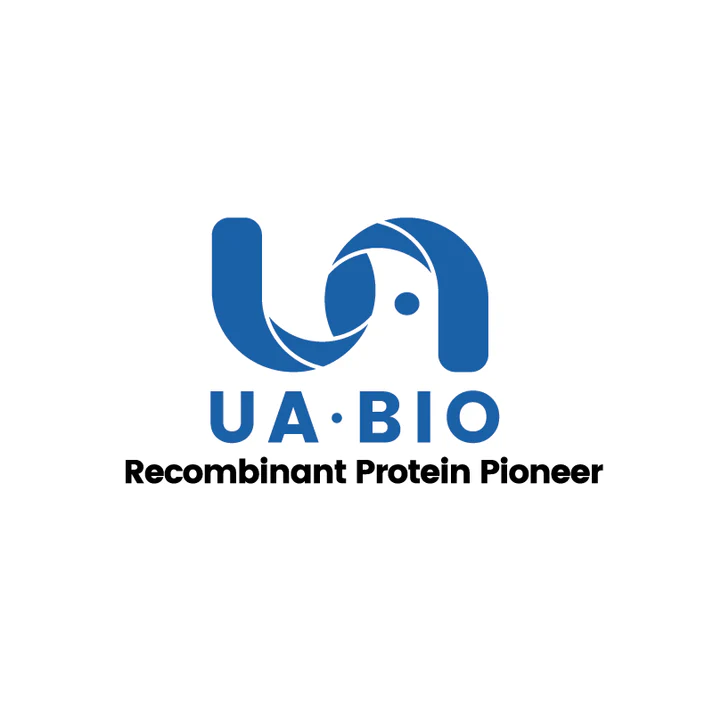1μg (R: reducing condition, N: non-reducing condition).
Product Details
Product Details
Product Specification
| Species | Human |
| Synonyms | hERMAP; MGC118810; MGC118811; PRO2801; RDMGC118812; SC; SCMGC118813 |
| Accession | Q96PL5 |
| Amino Acid Sequence | His30-Ala155, with C-hIgG1 Fc |
| Expression System | HEK293 |
| Molecular Weight | 45-55kDa (Reducing) |
| Purity | >95% by SDS-PAGE |
| Endotoxin | <0.1EU/μg |
| Conjugation | Unconjugated |
| Tag | Human Fc Tag |
| Physical Appearance | Lyophilized Powder |
| Storage Buffer | PBS, pH7.4. |
| Reconstitution | Reconstitute at 0.1-1 mg/ml according to the size in ultrapure water after rapid centrifugation. |
| Stability & Storage | · 12 months from date of receipt, lyophilized powder stored at -20 to -80℃. · 3 months, -20 to -80℃ under sterile conditions after reconstitution. · 1 week, 2 to 8℃ under sterile conditions after reconstitution. · Please avoid repeated freeze-thaw cycles. |
| Reference | 1.Xu, H. et al. (2001) Genomics 76:2. |
Background
Erythroid membrane-associated protein (ERMAP), also called Scianna blood group antigen, is a member of the butrophilin (BTN) and butrophilin-like (BTNL) family within the immunoglobulin superfamily. ERMAP is an adhesion receptor molecule highly expressed in erythroid tissues, on the cell surface of resting and activated antigen-presenting cells (APCs) and in some tumor tissues. Fusion proteins (ERMAP-Ig) of both human and mouse ERMAP inhibit T cell functions in vitro and administration of the fusion protein ameliorates autoimmune diseases, including experimental autoimmune encephalomyelitis and type 1 diabetes, in mice. ERMAP acts as a novel inhibitory molecule for T cells and macrophages.
Picture
Picture
SDS-PAGE


